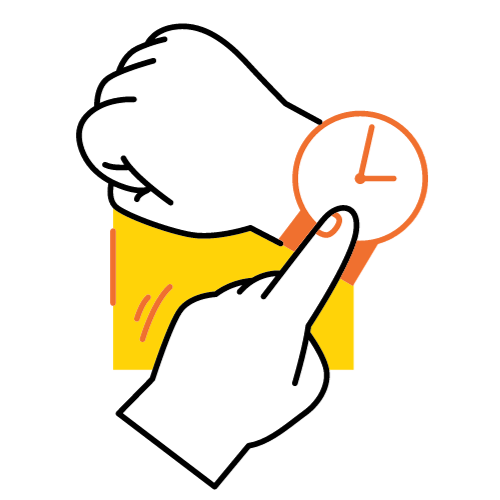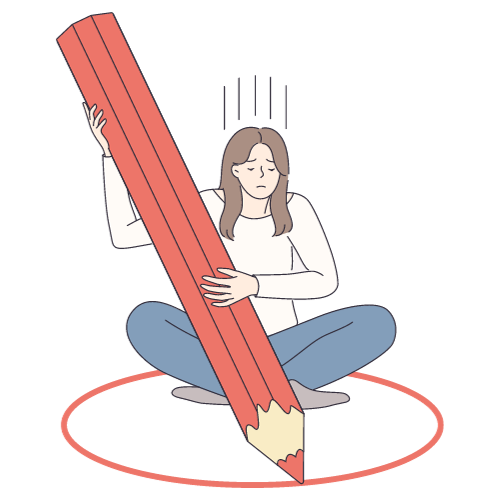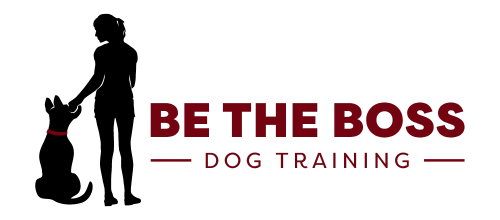Are you constantly struggling to manage your furry friend’s barking? If so, you’re not alone!
In this email we’re excited to explore the intriguing world of dog training, focusing specifically on positive reinforcement versus correction-based methods for controlling barking.
Our goal is to provide you with practical, evidence-based insights that will empower you to make informed decisions about your dog’s training.
Join us as we delve into the pros and cons of each approach, ensuring you have the knowledge to create a peaceful and happy environment for both you and your beloved pet.

The positive only approach to curbing a dog’s barking focuses on encouragement and rewards rather than punishment or negative reinforcement. This method emphasizes the importance of identifying and addressing the underlying reasons for a dog’s barking.
For instance, if a dog barks due to boredom, providing more physical and mental stimulation through games and exercise might be highly effective. Positive reinforcement techniques, such as rewarding quiet behavior with treats or affection, can also be instrumental.
It’s crucial to remember that patience and consistency are key – change won’t happen overnight, but with persistent and loving guidance, remarkable progress can be achieved. This method reassures both the dog and the owner, creating a trusting and understanding relationship.
PROS of Positive Approach

Treat Friendly: If you like to use treats/food to train your dog the positive approach will give you this opportunity.

Management Friendly: If you do not want to correct your dog then the positive approach is a great management tool for behavior.

Easier on the Human: As a human it can be hard to wrap our heads around the fact that correction can be kind.
CONS of the Positive Approach

Time-Consuming: It can take longer to see results, as it relies on consistent training and reinforcement.

Requires Patience: This approach demands a high level of patience and consistency from the owner.

Accidental Reinforcement of Barking: Dogs might misunderstand the reward, thinking they’re being rewarded for barking instead of being quiet.

Manipulation of Owner: There’s a risk of becoming too dependent on treats, which might affect the relationship dynamic with their owner.

Doesn’t Work All the Time: Every dog is different; some may not respond as well to positive reinforcement, requiring more tailored methods.

The correction-based approach to stopping barking involves using specific actions or commands to immediately address and correct the behavior when it occurs.
This method hinges on the principle of timely and appropriate responses to discourage unwanted barking. For instance, a common technique is to use a firm, calm voice to command the dog to stop barking. It’s crucial to differentiate between punitive measures and correction; the goal is to get the dog to make a better choice, not to frighten or harm.
Consistency is key in this approach – every instance of barking must be met with the same corrective action to help the dog understand and internalize the expected behavior.
When implemented with care and consistency, this approach can be effective in curing excessive barking, reinforcing desired behaviors, and maintaining a balanced and harmonious household.
PROS to Correction Approach

Immediate Response: Offers a quick way to address the barking as it happens, stopping it immediately.

Clear Boundaries: Helps in setting clear rules and boundaries, which can be beneficial for all breeds.

Effective for All Dogs and Breeds: Is effective for all dogs and breeds no matter their age, breed or behaviors.

Structure and Discipline: Provides structure and discipline, which can be crucial for a dog’s overall obedience training.

Versatility: Can be adapted to different situations and levels of barking severity
CONS to the Correction Approach

Perceived Risk of Fear or Anxiety: We as humans may perceive that corrections can cause harm to our dogs, thereby making humans afraid to use corrections.

Timing and Consistency Challenges: When ‘nagging’ the dog instead of correcting this can make it look like corrections do not work.

Not Addressing the Root Cause: If ALL you do is correct the dog this can lead to a negative change in your relationship dynamic.

At Be the Boss Dog Training we understand the unique needs of average dog owners seeking swift and humane training solutions. Our approach, which emphasizes correction followed by praise, is designed to foster a stronger bond between you and your dog.
By addressing unwanted behaviors promptly and then reinforcing positive actions, we ensure that your dog learns effectively and feels appreciated. This method not only yields immediate results but also nurtures a relationship built on mutual respect and understanding.
Our training philosophy goes beyond mere obedience—it’s about creating a language of love and respect between you and your furry companion. We believe that every interaction with your dog is an opportunity to strengthen your bond.
By choosing correction and praise as our primary tools, we’re not just training your dog; we’re teaching them how to communicate with you in a way that’s respectful and clear.
This approach leads to a happier, more well-adjusted pet, and a more harmonious home. We’re committed to empowering you with the skills and knowledge to nurture a lasting and rewarding relationship with your dog, one that is rooted in understanding, patience, and mutual trust.





